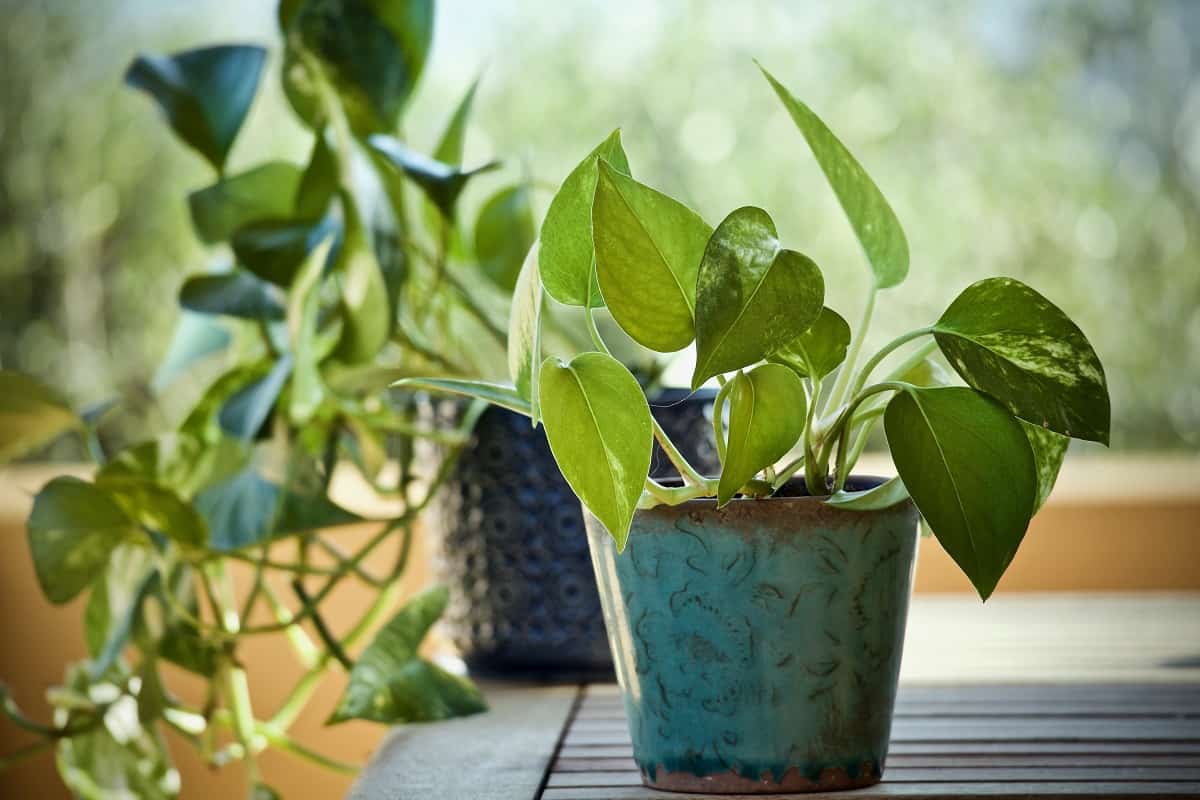Steaming plants, a unique and thriving trend in home gardening, offer a distinctive way to enhance the ambiance of your living space. These plants are nurtured with the help of steam, which provides an optimal balance of moisture and warmth, mirroring the conditions of a tropical environment.
Steaming can aid in opening the pores of the plants, encouraging growth, and increasing resistance to pests and diseases. Incorporating steaming plants in your home not only adds a touch of lush greenery but also contributes to cleaner air, as these plants can effectively purify the surroundings. The beauty and benefits of steaming plants make them a fascinating addition to any home.
1. Boston Fern (Nephrolepis exaltata)

The Boston Fern thrives in a humid environment, making it an ideal choice for rooms with extra moisture like bathrooms. To care for your Boston Fern, keep it in indirect sunlight, as too much direct sun can scorch the leaves.
Regularly misting the plant with water or placing it on a tray filled with pebbles and water will help maintain the humidity levels it loves. Keep the soil consistently moist but not soggy, and use a well-draining potting mix. During the growing season, a balanced liquid fertilizer can be applied monthly. Pruning dead fronds will keep the plant looking fresh and healthy.
Common Problems With Boston Fern
Boston Ferns are generally robust, but they can suffer from common problems like fraying and browning fronds. This often results from inadequate humidity, over-watering, or insufficient light. Pests like aphids and spider mites can also cause issues, and it’s essential to keep the plant in an environment that replicates its natural habitat.
2. Spider Plant (Chlorophytum comosum)

Spider Plants (Chlorophytum comosum) are wonderfully resilient and easy to care for, making them an excellent choice for both novice and experienced gardeners. They thrive in indirect sunlight, so placing them near a window with filtered light will keep them happy.
Water your Spider Plant moderately, allowing the soil to dry slightly between watering; overwatering can lead to root rot. They enjoy a humid environment but are quite adaptable to typical indoor humidity levels. Fertilize sparingly, about once a month, using a standard houseplant fertilizer. Regularly trim off dead leaves and spent flowers to keep your plant healthy and looking its best.
Common Problems With Spider Plant
Spider plants are generally resilient, but they can face common problems like brown leaf tips, often caused by fluoride in tap water or low humidity. Overwatering may lead to root rot, while under-watering can cause leaves to wither. Pest infestations such as spider mites might also occur if not carefully monitored.
3. Orchids (Phalaenopsis sp.)

Caring for orchids can be a rewarding experience as they bloom with spectacular flowers. To keep your orchids thriving, provide bright, indirect light. Direct sunlight can scorch their leaves.
Watering should be done sparingly; allow the top inch of soil to dry out between waterings, as over-watering can lead to root rot. Orchids prefer a humid environment, so consider placing a humidifier nearby or a tray of water with pebbles under the pot. Fertilize with a specialized orchid fertilizer every other week during the growing season. Prune dead or yellowing leaves regularly, and repot every couple of years to refresh the growing medium.
Common Problems With Orchids
Orchids are admired for their beauty but can be temperamental to grow. Common problems include root rot, caused by overwatering, and yellowing leaves, often a sign of too much sunlight. Pest infestations, particularly from mealybugs or aphids, can also afflict orchids. Proper care and attention to the plant’s specific needs can prevent most issues.
4. Peace Lily (Spathiphyllum)

The Peace Lily (Spathiphyllum) is a popular indoor plant, known for its elegant white flowers and lush green leaves. To care for a Peace Lily, place it in a spot with low to medium, indirect sunlight, as direct sun can scorch the leaves.
Watering should be done when the top inch of soil feels dry, usually once a week, but be careful not to overwater. High humidity is appreciated, so misting the leaves or placing a humidifier nearby can be beneficial. Fertilize with a balanced houseplant fertilizer every 6-8 weeks during the growing season for optimal growth and flowering. Regularly wipe the leaves to keep them dust-free and allow the plant to breathe.
Common Problems With Peace Lily
Common problems with Peace Lily include yellowing leaves, brown tips, and drooping. These issues are often caused by overwatering or underwatering, exposure to direct sunlight, or low humidity. Pest infestations, such as mealybugs or spider mites, can also occur. Regularly monitoring and adjusting care can mitigate these problems.
5. Air Plants (Tillandsia)
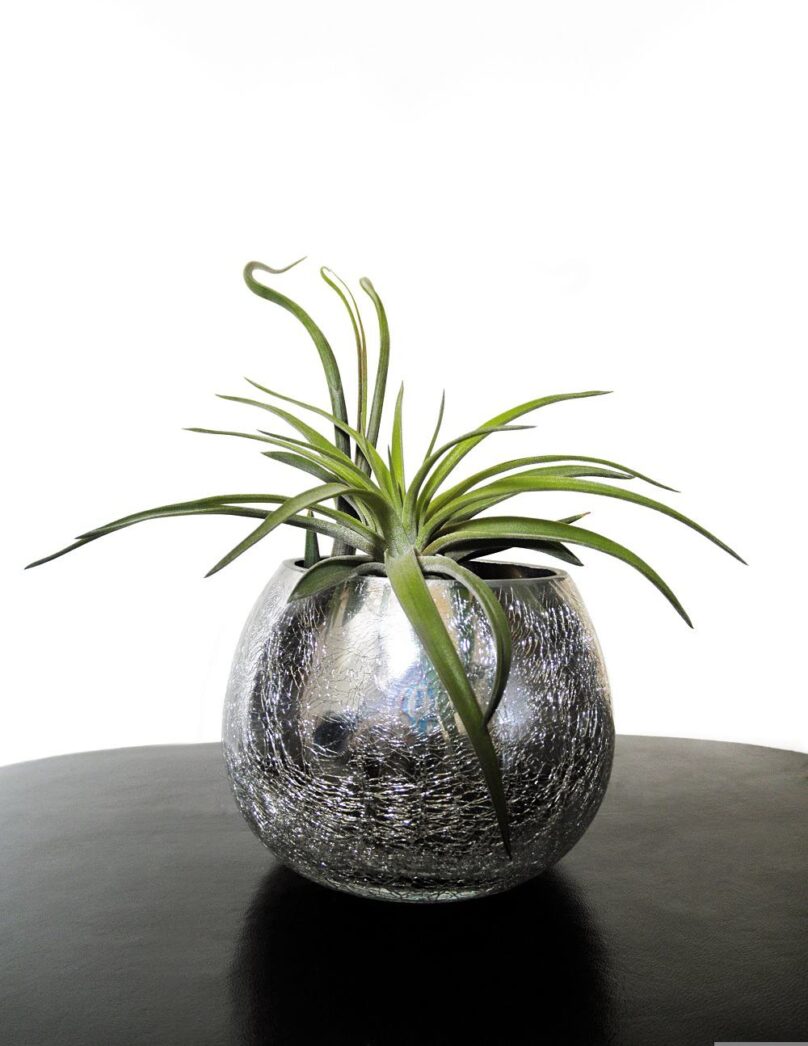
Air plants (Tillandsia) are unique in their ability to thrive without soil, drawing most of their nutrients from the air. Caring for them is quite straightforward, but they do have specific needs. Mist your air plants with water 2-3 times a week or soak them in water for up to 30 minutes once a week, then allow them to dry completely.
Bright, indirect sunlight is ideal, so place them near a window with filtered light. Since they absorb nutrients from the air, a balanced, water-soluble fertilizer diluted to 1/4 strength can be used once a month during the growing season. Regularly check for dead or damaged leaves and trim as necessary to keep your air plants healthy and thriving.
Common Problems With Air Plants
Common problems with air plants (Tillandsia) include improper watering, insufficient light, and lack of air circulation. Overwatering may lead to rot, while underwatering can cause dehydration. Placement in a spot that’s too dark or too bright might hinder growth. Ensuring proper care helps these unique plants to thrive.
6. Bamboo (Bambuseae)
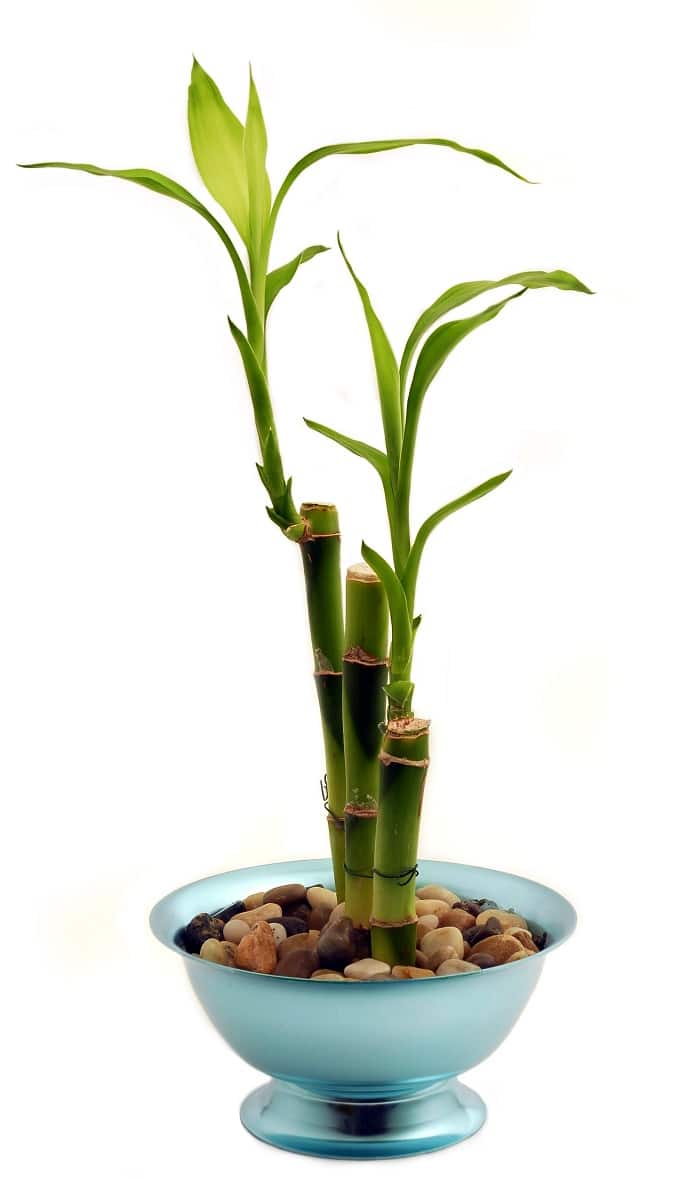
Bamboo plants are popular for their graceful appearance and minimal care needs. They thrive in both water and soil, but each requires specific care. For water-grown bamboo, ensure the roots are submerged in fresh, filtered water, changing it every two weeks to prevent algae growth.
For soil-grown bamboo, plant it in well-draining soil and water moderately, letting the soil dry slightly between waterings. Bamboo prefers indirect sunlight, so avoid placing it in direct, harsh light. Regularly wipe the leaves with a damp cloth to remove dust. Fertilize sparingly, using a diluted liquid fertilizer designed for houseplants every one to two months.
Common Problems With Bamboo
Common problems with bamboo include over-watering, which can lead to root rot, and under-watering, causing dry leaves. Insect infestations such as spider mites and aphids can also affect bamboo. Additionally, bamboo might suffer from insufficient sunlight, leading to weak growth, or exposure to cold, which can damage the plant.
7. Aloe Vera
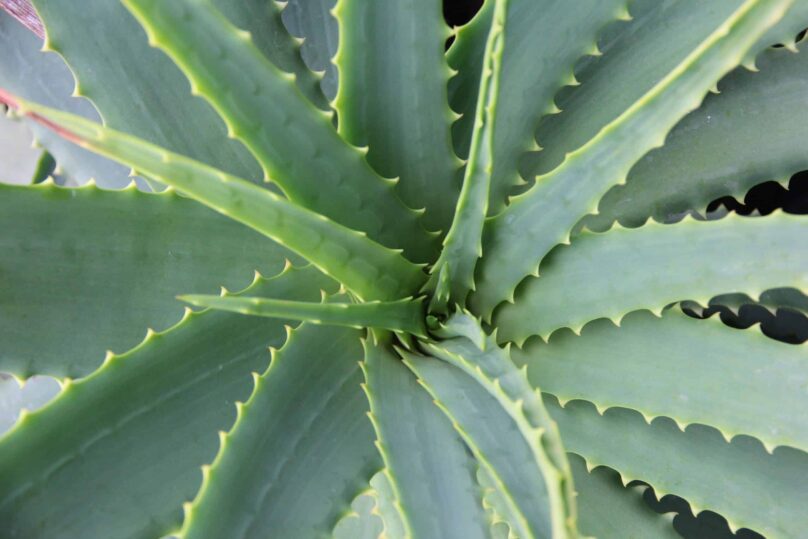
Aloe Vera is a versatile and low-maintenance plant, known for its medicinal properties. To care for your Aloe Vera, ensure that it’s planted in well-draining soil and placed in a sunny spot, as it thrives on lots of indirect sunlight.
Overwatering can lead to root rot, so allow the soil to dry between watering and water sparingly. During the winter months, watering can be reduced further. Regularly check for pests and remove any dead leaves or debris. Pruning is rarely required, but you can trim any damaged or excess growth as needed.
Common Problems With Aloe Vera
Common problems with Aloe Vera include overwatering, which can lead to root rot, and insufficient sunlight, causing leggy growth. Pests like aphids and spider mites may infest the plant, weakening it. Ensuring proper drainage, adequate light, and occasional inspection for pests can help maintain a healthy Aloe Vera plant.
8. Pothos (Epipremnum aureum)
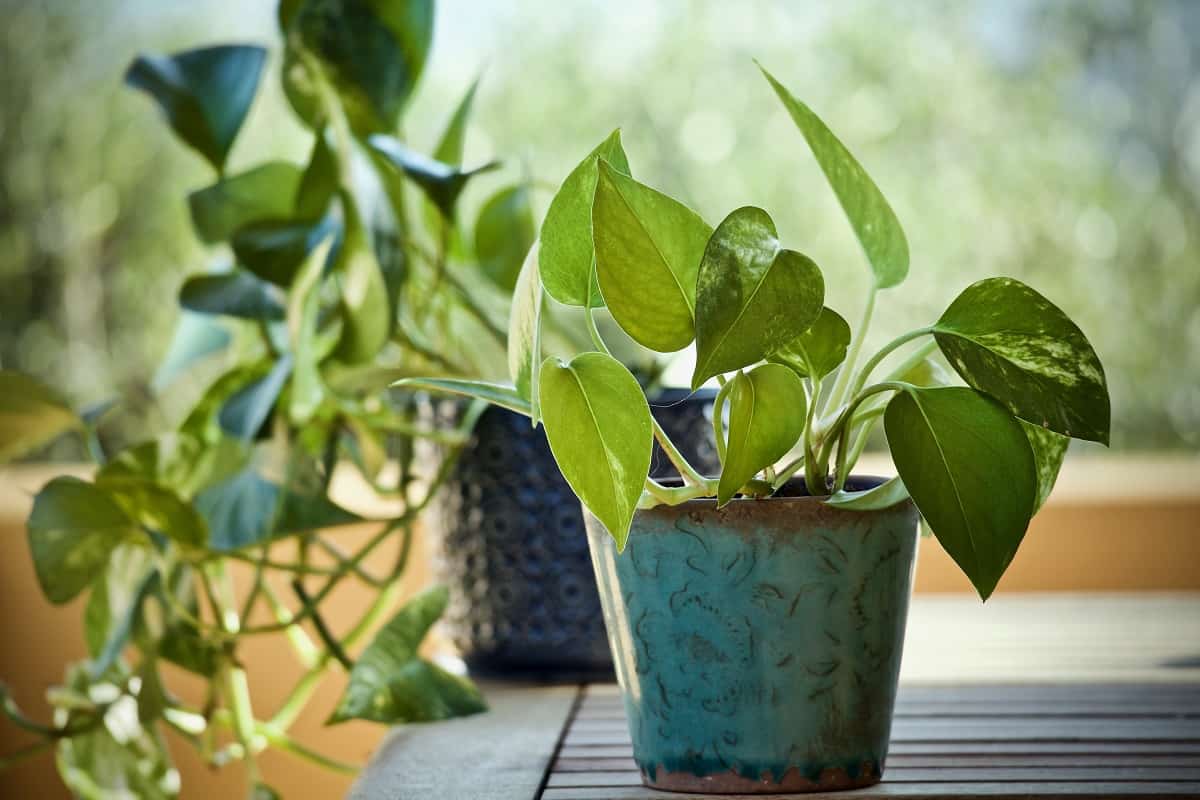
Pothos (Epipremnum aureum) is a popular houseplant known for its ease of care and attractive trailing leaves. To care for your Pothos, place it in indirect sunlight, as the direct sun can scorch the leaves. Water the plant when the top inch of soil feels dry, usually about once a week, but reduce watering in the winter.
Overwatering can lead to root rot. Pothos thrives in a humid environment but is quite forgiving if the air is dry. Fertilize monthly with a balanced houseplant fertilizer during the growing season, and trim the vines if you prefer a bushier appearance.
Common Problems With Pothos
Pothos is generally a hardy and easy-to-care-for plant, but it can face common problems like yellowing leaves, root rot, and pest infestations. Overwatering often leads to root rot, while insufficient light can cause pale leaves. Identifying the underlying issue and taking appropriate measures can usually restore the plant’s health.
9. Snake Plant (Sansevieria trifasciata)
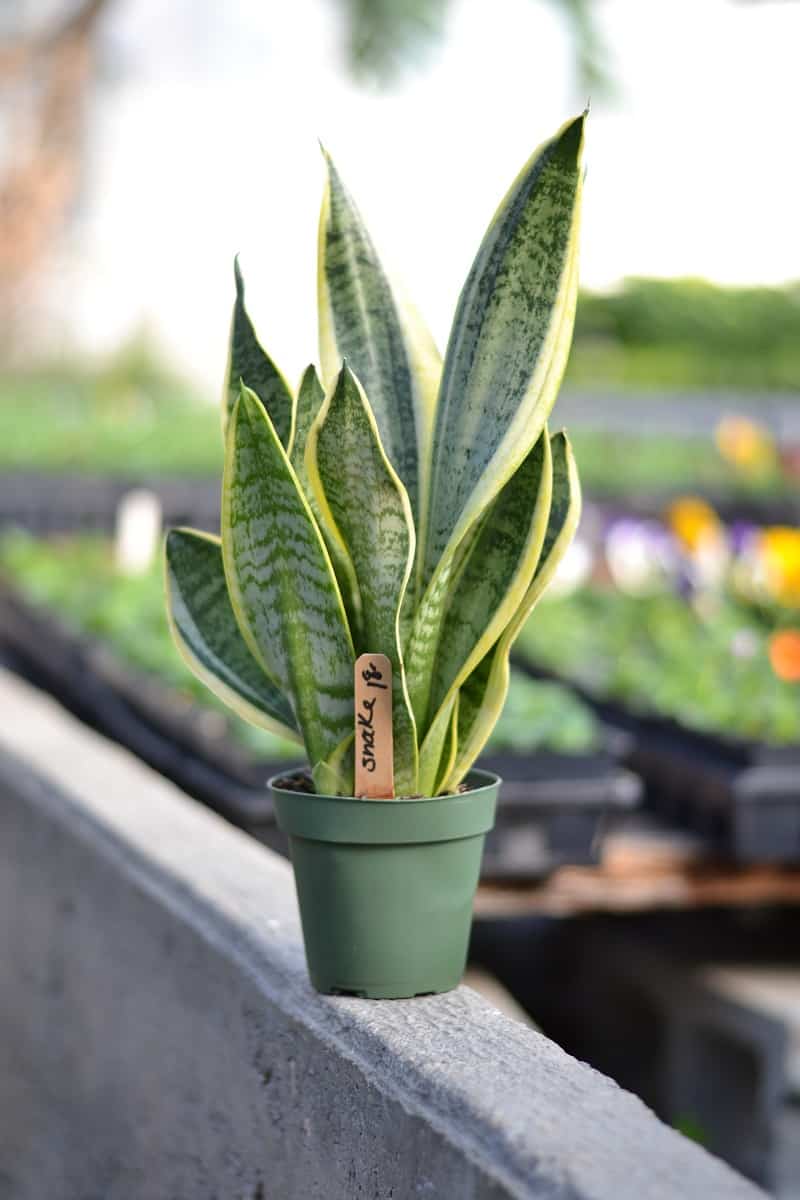
The Snake Plant (Sansevieria trifasciata) is celebrated for its hardiness and ease of care. It thrives in both low and bright light conditions, but indirect sunlight is ideal. Watering should be moderate; allow the soil to dry between waterings to avoid root rot.
This means you may only need to water it every 2-3 weeks, depending on the humidity in your home. A well-draining potting mix is preferred to prevent excess moisture. Snake Plants also appreciate a bit of humidity, so misting occasionally or keeping it in a bathroom can be beneficial. Avoid placing it in full sun, as this can scorch the leaves.
Common Problems With Snake Plant
Common problems with the Snake Plant (Sansevieria trifasciata) include overwatering, leading to root rot, and exposure to cold, which can cause browning of the leaves. Insect infestations such as spider mites and mealybugs can also be an issue. Ensuring proper water, light, and temperature conditions can mitigate these problems.
10. ZZ Plant (Zamioculcas zamiifolia)
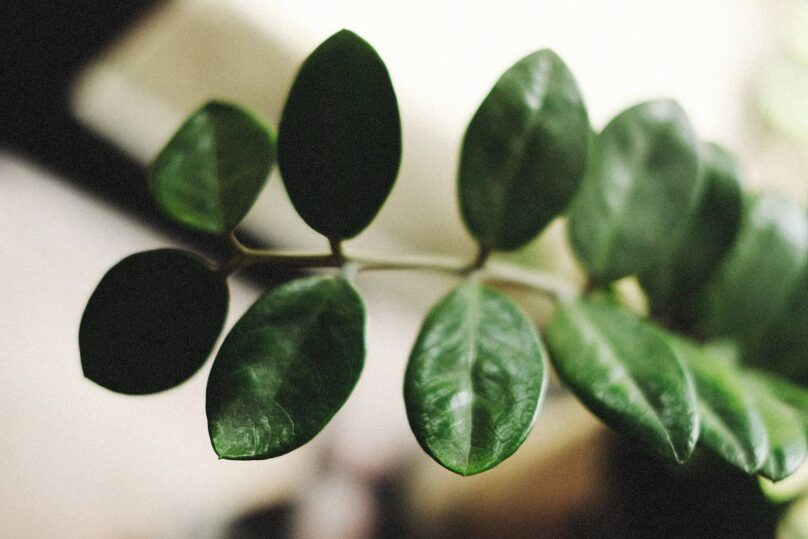
The ZZ Plant (Zamioculcas zamiifolia) is celebrated for its ease of care and adaptability. Thriving in low to moderate light, it’s perfect for spaces without abundant natural sunlight. Watering should be moderate; let the soil dry out between waterings to prevent root rot. Over-watering is a common mistake with ZZ plants.
A well-draining soil mixture helps, along with a pot with drainage holes. Wipe the leaves with a damp cloth occasionally to keep them dust-free and shiny. ZZ plants are also drought-tolerant, making them forgiving if you forget to water now and then. With minimal attention, this plant can flourish in your home!
Common Problems With ZZ Plant
The ZZ Plant (Zamioculcas zamiifolia) is known for its resilience, but common problems can include yellowing leaves and root rot, often caused by overwatering. Low light tolerance doesn’t mean any light, so inadequate lighting might hinder growth. Pests like aphids and mealybugs can also occasionally be an issue but are generally rare.

